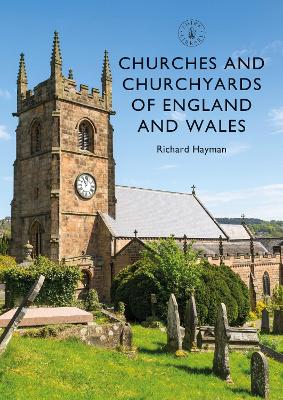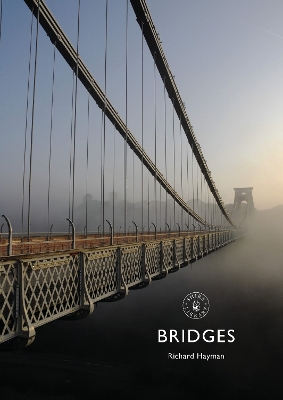Shire Library
2 primary works • 3 total works
Book 861
The parish church is a symbol of continuity, a cornerstone of the urban and rural landscape, and a treasure trove often as rich in cultural history as any museum. This compact and accessible guide explores all of these aspects of the parish church, beginning by examining why churches are built where they are, and going on to explain how both church buildings and churchyards have changed over time. It also describes their fixtures and furnishings, including fonts, screens, stained glass and monuments, explaining the ritual and symbolic purpose of these features and how their significance has shifted over time. Lavishly illustrated with colour photographs, this book will provide an indispensable primer for anyone who is curious about the nation’s parish churches and wants to explore them further.
Book 869
From the monumental splendour of Tower Bridge and the august span at Westminster to the engineering masterpieces at Ironbridge and the Forth, bridges comprise some of the most recognisable landmarks in Britain. Whether the smallest arch or the largest overpass, each has a rich architectural, economic, social and sometimes even religious history. This beautifully illustrated introduction by Richard Hayman explains how piety built and maintained bridges in the Middle Ages; how economic forces inspired a new generation of road bridges in the eighteenth century, such as the Menai Bridge in North Wales, and how technological prowess gave us soaring Victorian railway viaducts and the concrete road bridges of the twentieth century.
Timber-framed buildings are a distinctive and treasured part of Britain's heritage. The oldest of them are medieval but their numbers peaked in the sixteenth and seventeenth centuries, with a revival again in the nineteenth. The majority of timber-framed buildings are houses, but timber was used in all kinds of other buildings, including shops, inns, churches, town halls and farm buildings. This book outlines the history of timber-framed buildings, including their construction techniques, regional variations in style, and their social status. It also shows how the buildings have been treated in subsequent centuries and guides the reader in identifying timber-framing that is concealed behind later work. Illustrated with colour photographs, it is the ideal primer for anyone interested in timber-framed buildings who wants to explore them further.


